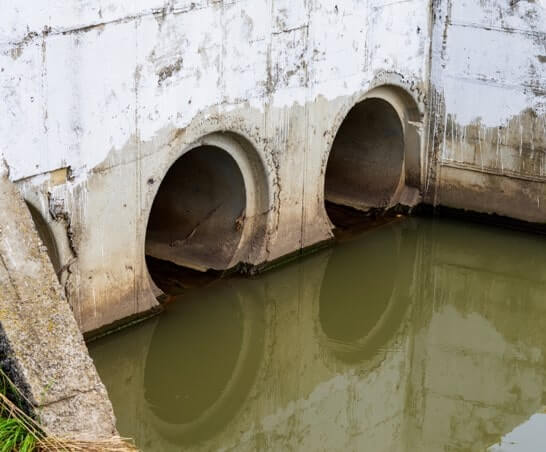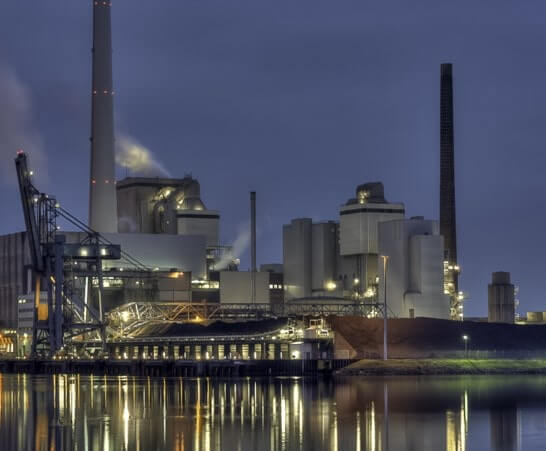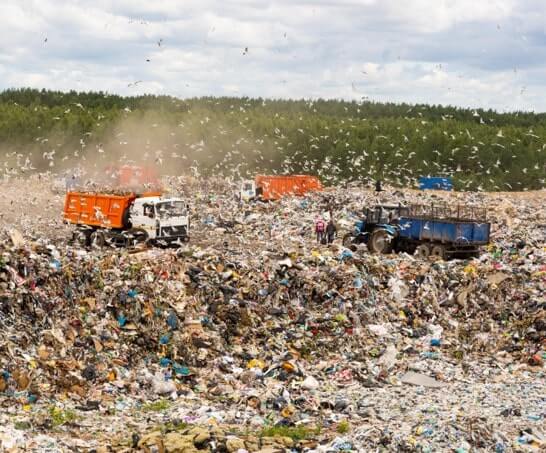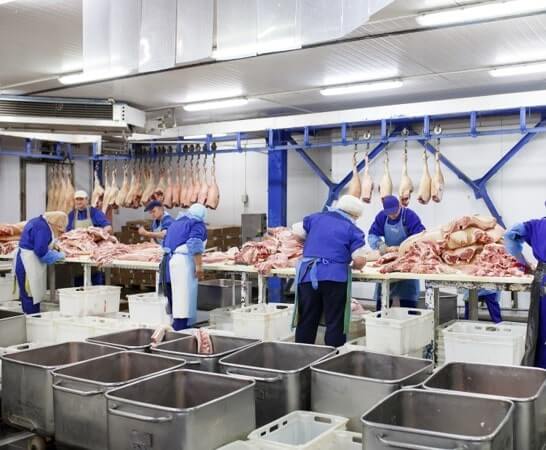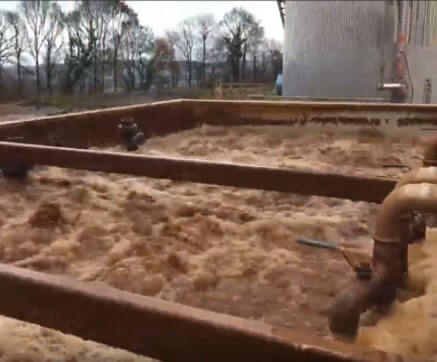MBR Applications
MegaVision Membrane products are used in a variety of markets and applications. Choose a market below to learn more about the applications where our products can be successfully used to meet specific customer needs.
For more information, please contact MegaVision Membrane.
MUNICIPAL SEWAGE
Sewage
In municipal wastewater treatment, MBR is often a technology of choice over conventional treatment. In most countries, statutory regulation for discharge and reuse of municipal wastewater are enforced. MBR technology has the advantage of producing a permeate water exceeding most international standards sugch as Title 22 of California's Code of Regulations.
MBR technology is particularly effective in removing suspended solids, organic matter, ammonia, nitrates, phosphate, bacteria, and other micropollutants.
INDUSTRIAL WASTEWATER
Oil & Gas
Refinery and petrochemical wastewaters are relatively resistant to biodegradation, requiring high MLVSS concentrations and longer SRT (sludge Retention Time). This makes such effluents particularly suited to treatment by MBR technology, particularly where spatial restrictions exist.
Mining
The mining industry generates large amounts of highly concentrated wastewater due to contact between water and various types of minerals. The origin of these effluents can be found in the distinct processes undertaken in mining, in addition to drainage from rainfall. Mining effluents can be caused by wash waters, flow process acids, water leaching, flotation and concentration, or effluents from refining and gas scrubbers.
Textile
Textile manufacturing and leather tanning are highly demanding in water. There are many challenges in treating in these effluents especially regarding chemical biodegradability, toxicity, FOG content and colour. MBR ultrafiltration is particularly well suited from an environmental and economic standpoints for water reuse and discharge purposes.
Pulp & Paper
Pulp and paper effluent is characterised by, high levels of suspended solids, COD and BOD from the digestion process, along with chlorinated organic (and possibly toxic) products generated by the bleaching process.
MBR technology is replacing secondary biological treatment and is very interesting for the P&P industry in regards to its excellent permeate water for reuse purpose and its comparatively small footprint compared to conventional CAS (Conventional Activated Sludge) process.
Pharmaceutical
Pharmaceutical wastewaters come from fermentation effluents, containing high levels of biorefractory organic compounds.
In general, the biological treatability of pharmaceutical wastewaters decreases with decreasing BOD/COD ratio, API concentration, and the concentration of the raw materials, intermediates and solvents.
The fact that pharmaceutical wastewaters are often found with COD concentration above 4,000 mg/L, makes MBR technology most suited when compared to CAS process.
LANDFILL LEACHATE
Leachate
MBR technology has been implemented for the treatment of landfill leachate as it offers the benefit of both enhanced biotreatment, providing comparable COD removal to the conventional aerobic suspended growth processes at reduced HRTs, and an effluent of low SDI suitable for purification by RO/NF with no further requirement for post-treatment.
GREY WATER
Residential & Hospitality
Commercial Facilities
Shipboard
Off-Grid Solutions
FOOD & BEVERAGE WASTE
Animal Waste
Beverage & Dairy
OTHER BIOLOGICAL WASTE
Membrane Thickener System (MBT)
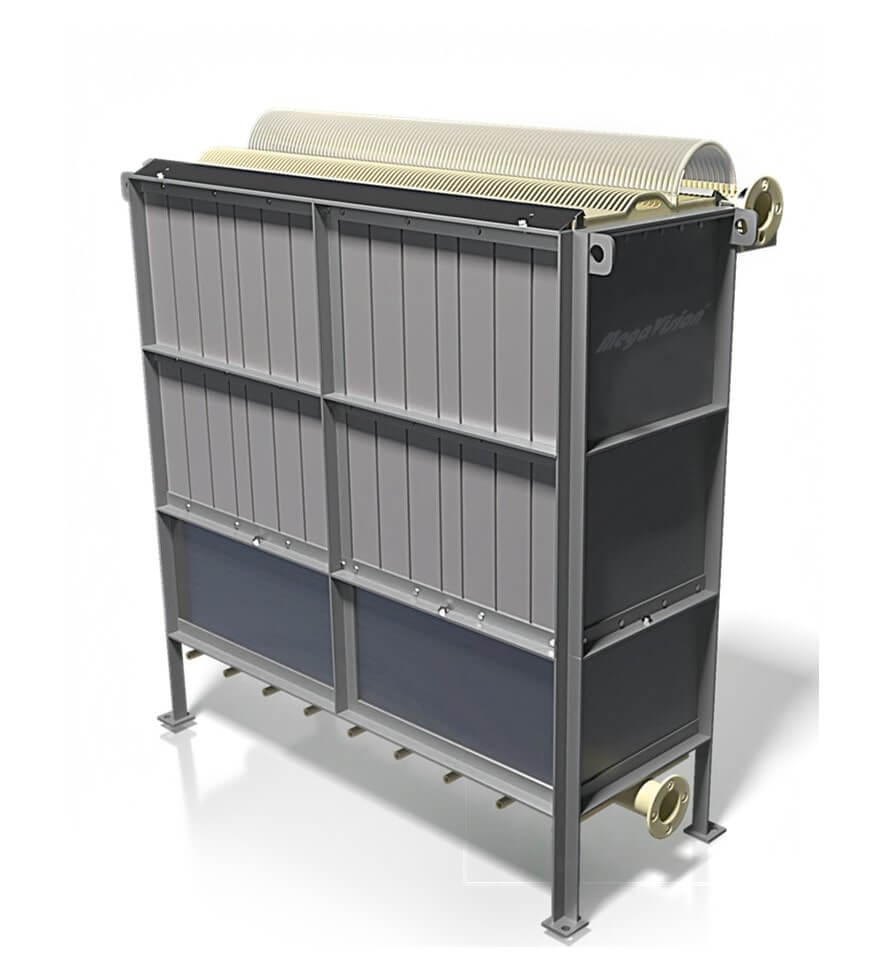
FLAT SHEET MBR
FMBR
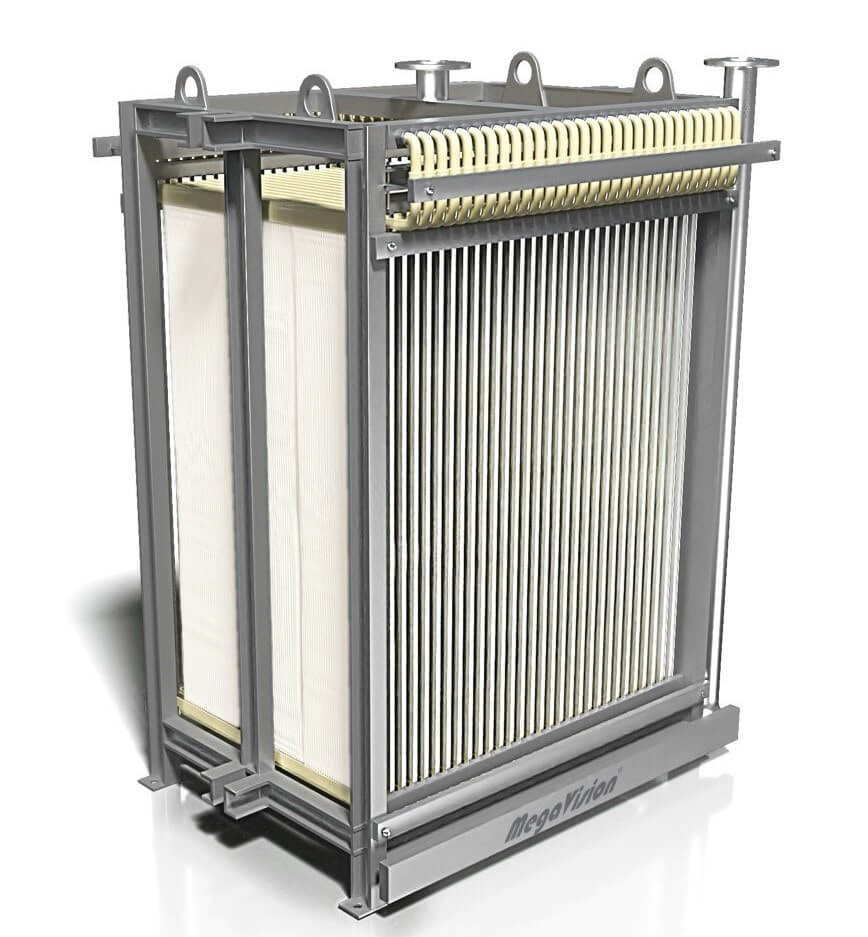
HOLLOW FIBRE MBR
HMBR


